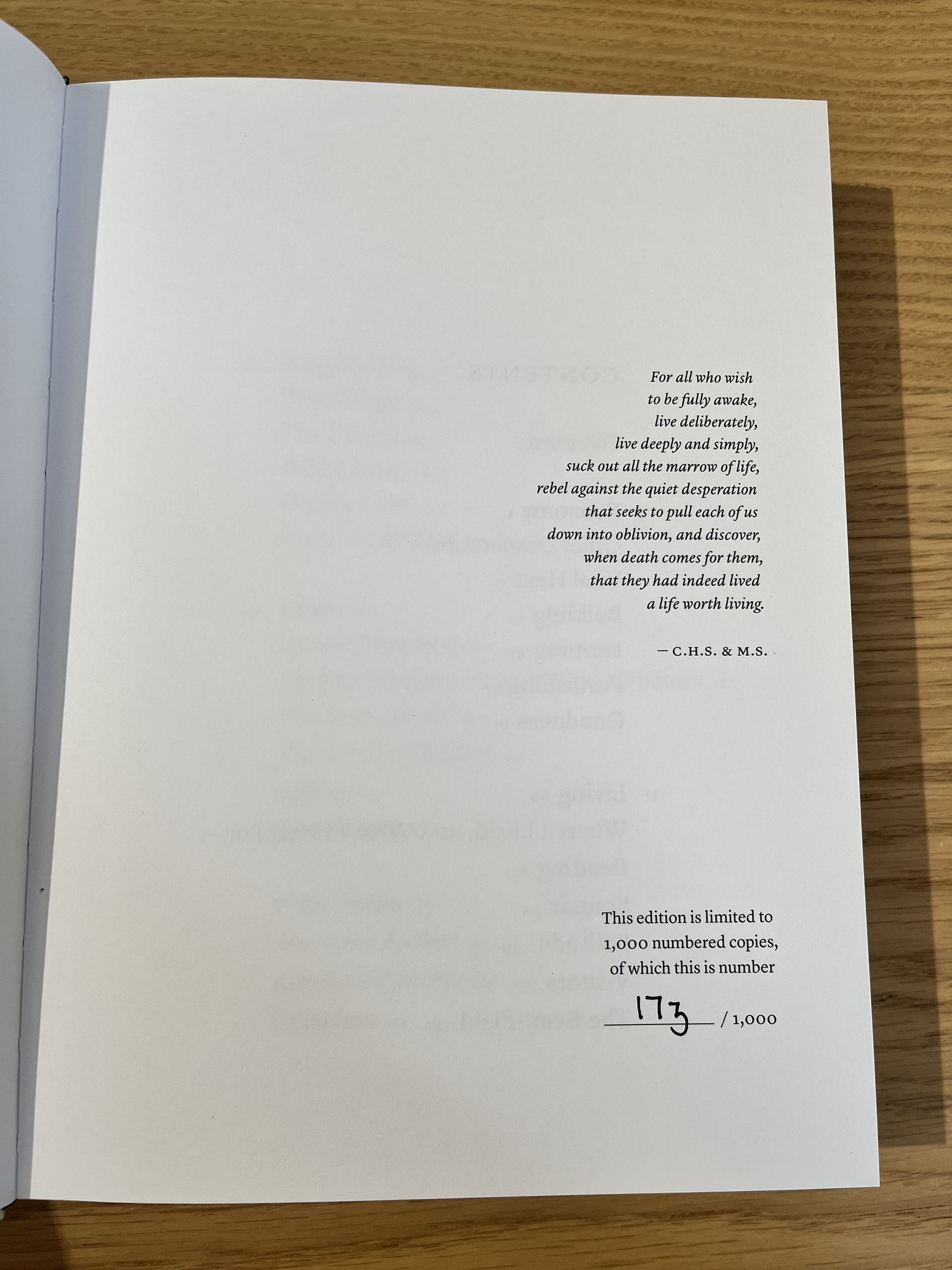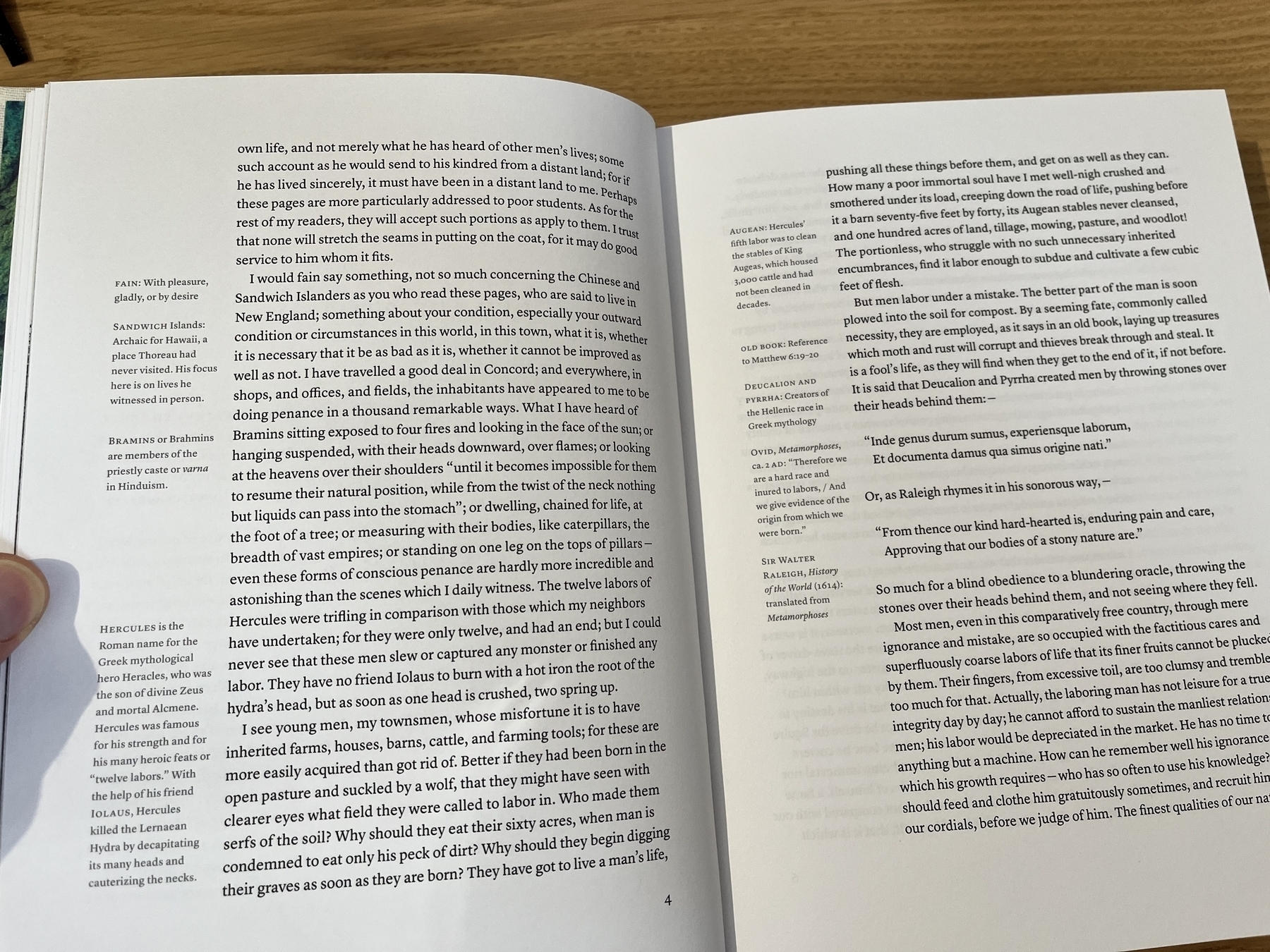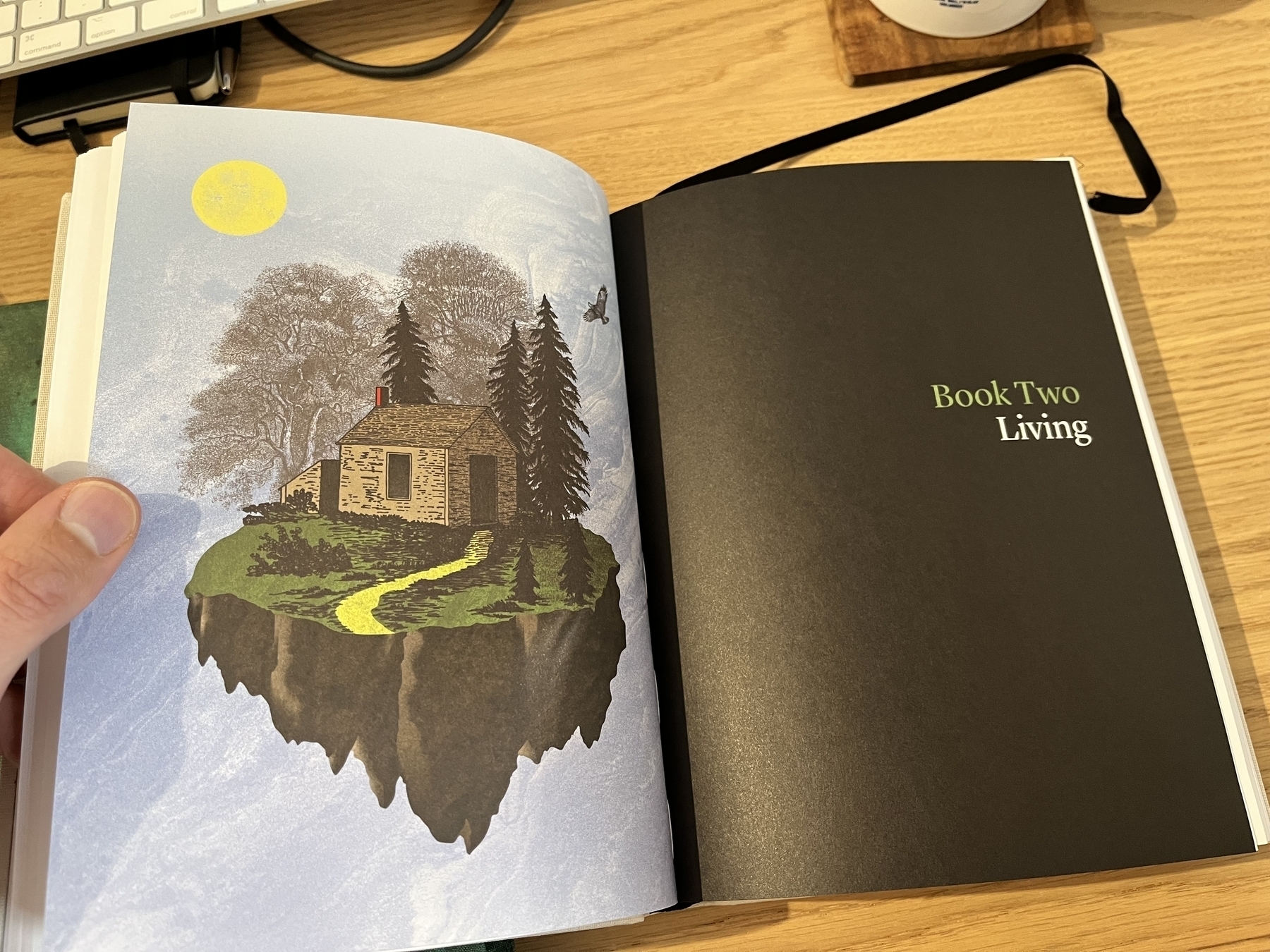idea for a low-fi solution to subscribe to keywords on the fediverse
So today I read this interesting conversation by @rknightuk. The topic isn’t “finished” and he might post updates on the topic. If he remembers he might add them to the conversation. But maybe he doesn’t. (I wouldn’t blame him!)
That brings me to the question: How could I make sure I don’t miss the update? Checking in daily is one option. It’s unrealistic for me though. If you consider the case that you want to see posts from someone you don’t follow/subscribe to, how can you make sure you get updates on things you might care about?
This is just me thinking out loud, I don’t know the answer, yet.
Maybe there could be a service that monitors their feed for certain keywords and pings you once they post something containing those keywords? There isn’t even the option to subscribe to a conversation as that conversation doesn’t have an RSS feed associated. One way would be to have a service that subscribes to his RSS feed and monitors that one for designated keywords. If it finds the keywords it creates a post mentioning me.
What comes to mind for me is a CRON job running on a server. But that sucks. Using cron doesn’t feel right to me today. Another idea was to have a GitHub action running. But that always needs a trigger to get started. So what could be a trigger?
goes away to read GitHub Actions docs
Turns out: You can schedule a workflow on GitHub actions, using cron syntax. Awesome! I mean it’s still somehow cron, but it’s more accessible than some bash thingy on some server.
So what is left is figuring out, what the GitHub Actions workflow should run. It could be a javascript or ruby script inside the repository that the workflow belongs to.
- This script needs read/write access to a micro.blog (or other fediverse) account that can send @mentions to me.
- The script needs to parse the feed (in this example micro.blog/rknightuk…) for keywords
- I need an option to provide the keywords. Could be hard-wired into the script for starters
- if a keyword is found, create a new post mentioning me and containing the link
- since this could be high-volume as the keywords are maybe too broad it shouldn’t mention/ping the creator of the post
It doesn’t sound too complicated right now. I’ll leave that for later and will come back to this idea!
edit: this sounds like a solution that probably already exists. if you know about something like this, let me know. maybe you could even use google alerts or something like this!
Honest question: Am I paranoid or too worried? People leave their stuff all alone on their desk in this WeWork space. Their phone, computer unlocked. They were away for around 4 minutes. Enough time to be evil. If I wanted to 😇🤷♂️🤔🤔🤔

So, heute arbeite ich beim Kunden in Hamburg. Immer wieder schön, diese Stadt.
Ich habe heute dieses Video gefunden Happiness by Steve Cutts und das passt ganz wunderbar zum Artikel „No other love“ von @Buddenbohm@mastodon.social vom 12. Januar.
Moin. Der Tag und die Woche begann mit mehreren hysterischen Wutausbrüchen der jüngeren Tochter. Fun times. Jetzt endlich arbeiten 😅
Training ✅

Tonight we’ll have freshly made pitas with homemade fresh Tzaziki 😋😋😋


Utility tool to help migration from Gatsby to Micro.blog
I wrote a little tool yesterday to help me normalize my markdown files from the Gatsby site to be able to import them into Micro.blog properly. Especially I wanted to have redirects setup automatically for all the old posts. My site had simple slugs like holgerfrohloff.de/power-laws. Micro.blog sets up the posts using the dates => https://holgerfrohloff.de/2019/03/01/power-laws.html
For that to work, I needed to have the permalink added to the frontmatter. That wasn’t the case for the majority of posts. I didn’t want to change this manually, so I wrote a script thingy to do it for me. https://github.com/5minpause/postsnormalizer
So maybe this could be helpful if you want to migrate a GatsbyJS site to Micro.blog. /cc @manton
After four days of drinking regular coffee the new espresso beans finally arrived. I’m surprised to see that the packaging doesn’t have the little valve anymore. Maybe this is for saving on packaging reasons? I don’t know. 


Finally made the migration
I finally made the migration to micro.blog with my personal site https://holgerfrohloff.de All the posts and newsletters I’ve written are migrated. They are still being published so they are not styled, yet. Have to migrate all pages as well. And then the overal design of the site. I want it to look a little bit different and also showcase some of the functionality that microblog offers me now. Overall I am happy to be even more part of the IndieWeb now.
Photo by Mathew Schwartz on Unsplash

Dear @heymichellemac@pkm.social is there an RSS feed for your website/articles? I couldn’t find one.
Oh I am beyond happy! My copy of The new Walden by Steelbrothers just arrived. Let’s put this on my MB bookshelf!







Moin. Erste Meeting des Tages ist fertig. Jetzt Fokuszeit!
Back to using Firefox as a default browser! My brief stint with Arc is over. I liked it for the split view feature. I disliked it for disappearing tabs, confusing bookmarking functionality, too much visual distance (read ux) between active tabs and missing compartmentalization.
Last week on Hacker Newsletter I found this article about a better way to use your function keys on Mac. I am on the third day trying this out and probably it will stick. I really like to get used to this.
Since around three weeks I transfer one todo to each next day. Somehow don’t take the time to do it, but would be great to actually tick it off. Maybe I am scared to start work on it. The todo?
- Migrate website to Microblog
Moin. Staying home with the little one today as she is sick once again. 😷🤒 Trying to get some client work done in between things.
An advanced phishing scam for Apple IDs
Warning: Advanced phishing attack. Got a pop up on both my iPhone & Apple Watch about password reset. I didn’t take action. Then received call from 1-800-MY-APPLE.
@geoburke twitter.com/geoburke/…
Moin.
(Das Bild ist aus Dänemark vom 29.12.22)

Finished reading: GmbH gründen by Alexander Keck 📚